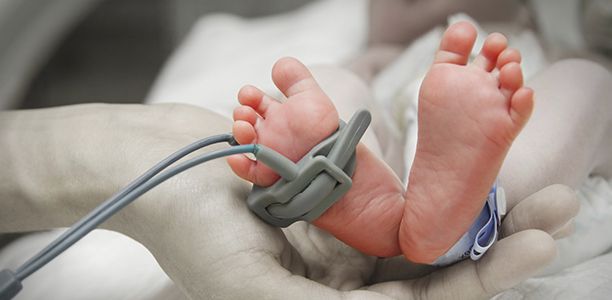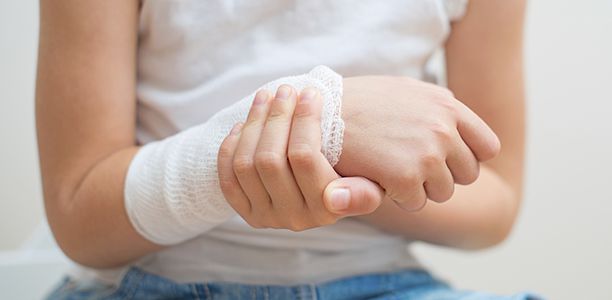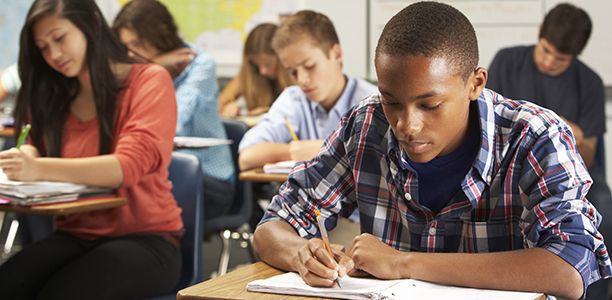Sorry, this competition has closed.
View the winners of this competition
Thanks to STUDIOCANAL we are giving away 5 PADDINGTON prize packs, each valued at $97.80.
Adapted from Michael Bond’s universally beloved books and from the producer of Harry Potter and Gravity, PADDINGTON follows the journey of an optimistic and polite young bear from darkest Peru who travels to London in search of a home and a family. When the Brown family invites him to stay with them, little do they realize how much comic mayhem one young bear will bring to their lives.
IN CINEMAS December 11
The prize packs include:
 A double in-season pass to PADDINGTON $38
A double in-season pass to PADDINGTON $38- Paddington Stationary Packs $9.95
- Paddington drawstring Bag $9.95
- Paddington watches $24.95
- Paddington placemat $14.95
Competition details:
Prizes: 5 PADDINGTON prize packs, each valued at $97.80.
Who can enter? Members only
How often? Once a day
Promotion starts: 14/11/2014
Promotion ends: 28/11/2014
How to enter
Provided you are a Parenthub member (sign up here) and logged in, simply fill in and submit the form below.
Can’t see the form?
Then you forgot to log in or you’re not yet a member! Our competitions are only open to Parenthub members who are Australian residents. If you aren’t a member yet please sign up first. Membership is free and there are great offers and benefits! Then log in, come back to this page and fill out the form.
For your chance to win tell us your fastest easiest kid-friendly recipe (the less ingredients, the better). List the ingredients, measures and how you make it (bullet points).
[PHcompetition expire=”2014-11-28″ email=”sylvia@myvmc.com” subject=”PH Competition – PADDINGTON”]
[toggle title=”Terms and Conditions”]
Participation in the Parenthub Competition (Competition) indicates your acceptance of the terms and conditions of entry set out below.
- The Promoter is Virtual Medical Centre.com of Level 2, 541 Hay Street, Subiaco, Western Australia 6008. Postal address is PO Box 531, Subiaco WA 6904, Australia. ABN 12097593587. Phone: +61 (08) 9388 0344. Fax: +61 (08) 9388 0611. The prize is sponsored by STUDIOCANAL Pty Limited, Level 50, 680 George Street, Sydney, NSW 2000, AUSTRALIA.
- Promotional Period. The Promotion will be open from 2pm Australian Eastern Standard Time (AEST) on Friday 14 November 2014 until 2pm AEST on Friday 28 November 2014.
- Eligible Entrants. Entry is open to all Australian residents, aged 15 years and over, who are new or existing members of Parenthub, except employees or contractors of the Promoter or prize sponsor, and members of their immediate families. Entrants under the age of 18 must obtain the prior permission of a parent or guardian to enter.
- To enter you must:
a) be a new or current Parenthub member
b) submit an answer to the questions asked, and
c) submit all required contact details - Prizes. There are 5 (five) prizes. Each consists of a PADDINGTON prize pack including a double in-season pass to PADDINGTON, a Paddington Stationary Pack, a Paddington drawstring Bag, Paddington watches, a Paddington placemat, all together valued at $97.80. Total prize pool RRP $489.
- Tickets are valid from opening day at participating Hoyts Cinemas, Village Cinemas, Reading Cinemas, EVENT, Greater Union, Birch, Carroll & Coyle Cinemas, Australian Multiplex Cinemas, Wallis and participating independent cinemas. Not valid for Gold Class; Special Event sessions or VMAX at Village Cinemas. Not valid for Gold Class and VMAX at EVENT Cinemas. Not valid for Gold Class and VMAX at Greater Union and Birch Carroll & Coyle Cinemas. Not valid for La Premiere, Directors Suite, Bean Bag Cinema, Xtremescreen or IMAX at Hoyts Cinemas. Not valid at Gold Lounge or Titan XC at Reading Cinemas. Not valid for Regal Twin Graceville, Ace Gold Lounge Cinemas and Hayden Orpheum Cinemas. Not valid at Dendy Premium or Lounge Cinemas.
The tickets are not valid Tuesdays (or cinema discount days), after 5pm on Saturdays or Public Holidays. Valid even when “No Free Tickets” restrictions apply. This ticket must be taken as offered & is not transferable, exchangeable or redeemable for cash. Seating is subject to availability. This pass does not guarantee admission. - Winners: The winners of the competition will be the people who submit an entry that the judges regard as the best in terms of creativity and originality. Chance plays no part in determining the winners. The judges’ decision is final and no correspondence will be entered into regarding their decision.
Incomplete, illegible or incorrect entries or entries containing offensive or defamatory comments, or which breach any law or infringe any third party rights, including intellectual property rights, are not eligible to win. - Notification: Winners will be notified by email and asked for their postal address to send the prize to. The prize sponsor will then send the prizes to the winners’ contact addresses. The winners may also be posted on parenthub.wpengine.com (including their name, suburb and state).
- Change of address: It is the entrants’ responsibility to inform the Promoter if their residential address, email address or phone number changes during the Competition Period. Prizes will only be delivered in Australia.
- Unclaimed prizes: In the event that the Prize has not been claimed by 12 noon AEST 05 December 2014, subject to any directions given by State and Territory gaming departments the prize will be awarded to the next best eligible entrant as chosen by the judges.
General Conditions - Prizes are not transferable or exchangeable and are not redeemable for cash. All other costs associated with a Prize are the responsibility of the winner. The Promoter shall not be liable for any Prize that may be lost, stolen, forged, damaged or tampered with in any way before it reaches the winner.
- If the Promoter is unable to provide a winner with the nominated Prize, the Promoter reserves the right to supply an alternative prize of the equal or greater value, subject to any written directions given by State or Territory gaming departments.
- Entries will be deemed to be accepted at the time of receipt by the Promoter. No responsibility will be taken for lost, late or misdirected entries. The Promoter is not responsible for technical difficulties with the entry mechanism and does not warrant that the entry mechanism will be available at all times.
- If, for any reason, the Promotion is not capable of running as planned, including due to infection by computer virus, bugs, tampering, unauthorised intervention, fraud, technical failure or any other causes beyond the control of the Promoter, which corrupt or affect the administration security, fairness or integrity or proper conduct of this Promotion, the Promoter reserves the right in its sole discretion to take any action that may be available, subject to State and Territory regulations.
- The Promoter reserves the right to disqualify entries in the event of non-compliance with these terms and conditions of entry. In the event there is a dispute concerning the conduct of the Promotion, the decision of the Promoter is final and binding on each entrant and no correspondence will be entered into.
- The Promoter reserves the right to request winners to provide proof of identity, proof of residency at the nominated prize delivery address and/or proof of entry validity in order to claim a prize. Proof of identification, residency and entry considered suitable for verification is at the discretion of the Promoter. In the event that a winner cannot provide suitable proof, the winner will forfeit the prize in whole and no substitute will be offered.
- The Promoter makes no representations or warranties as to the quality/suitability/merchantability of any of the goods/services offered as prizes. The Promoter or prize sponsor shall not be liable for any damage or loss whatsoever which is suffered (including but not limited to indirect or consequential loss) or any personal injury suffered or sustained in connection with this promotion, except for any liability which cannot be excluded by law.
- By entering the competition, each entrant agrees to the use of their 25 word statement for printing, broadcast, publicity and promotional purposes, without compensation, and agrees that the Promoter will own all intellectual property rights, in any such material.
- The personal information provided by participants to the Promoter may be used by the Promoter for the purpose of conducting the Competition. The Promoter is bound by the provisions of the Privacy Act 1988.
[/toggle]










